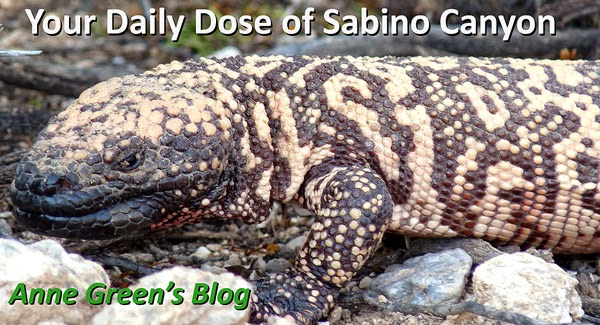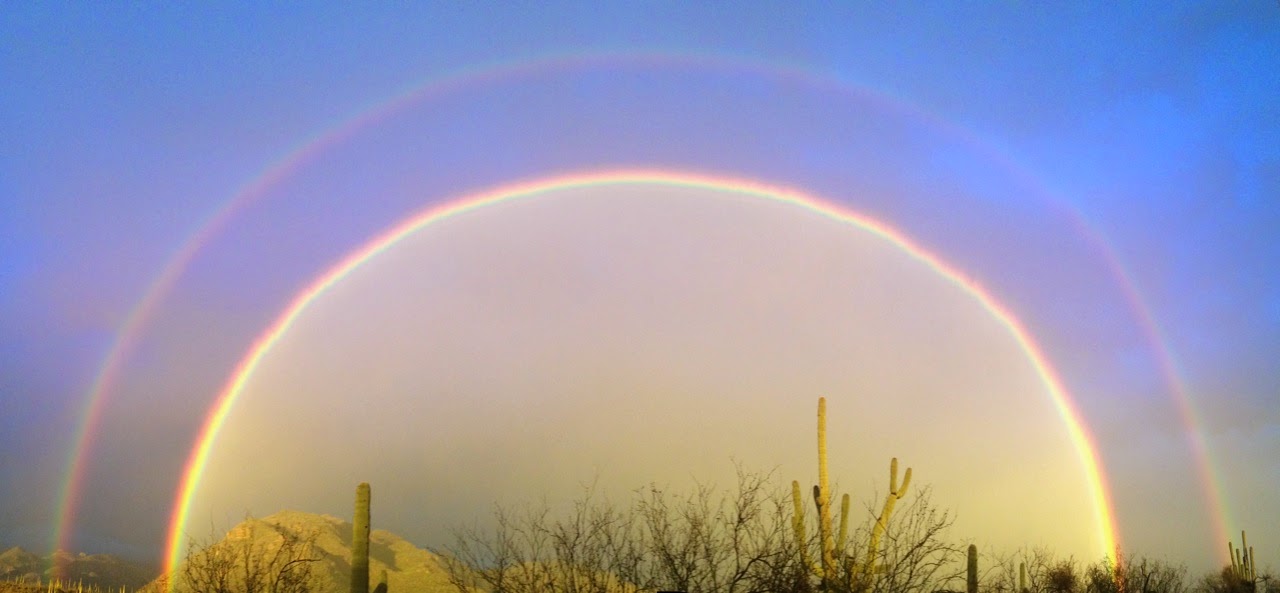 |
| Photo by Marty Horowitz 3/5/2014 |
Filaree (
Erodium cicutarium) is also know as Redstem Stork's Bill, because of way the fruit looks; namely, like a stork's (or heron's) bill. If a naturalist who stops for plants were to show you how the seeds get around, it would look something like the photos below.
 |
| Photo by Marty, Hand by naturalist who stops for plants |
 |
| Another look, same hand: Photo by Gene Spesard 3/5/2014 |
The seed is actually the thing at the end of the corkscrew. (There are multiple seeds in the photos above.) It starts out long and straight and, slowly but obviously, moves itself around. The photographers had to work fast because of all the flipping. It's bizarre and, as Gene said, a bit creepy to watch. This movement helps seeds bury themselves in the soil - and sometimes in the fur of animals.















































